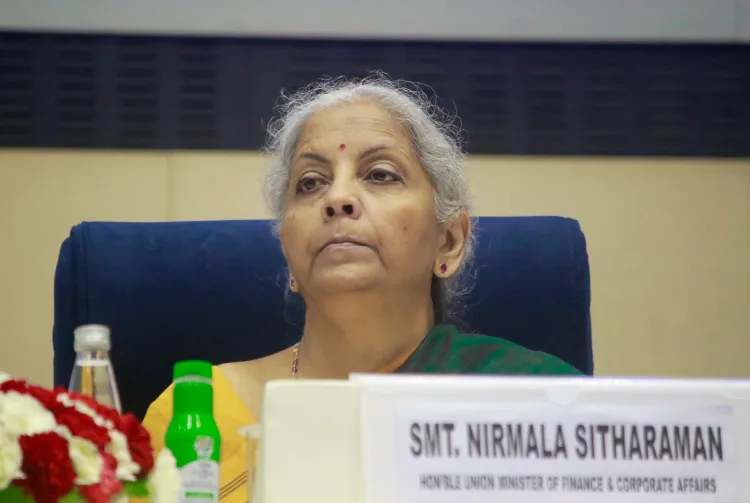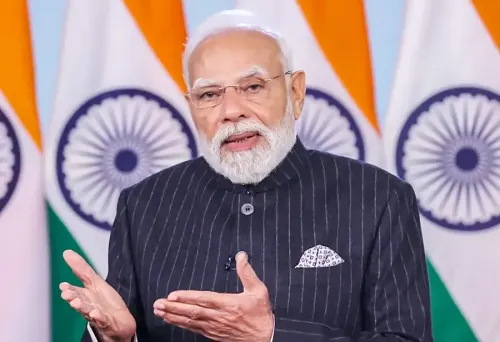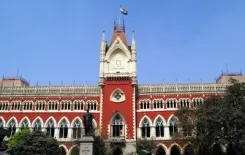Will FM Sitharaman Revolutionize the GST Structure?

Synopsis
Key Takeaways
- The proposed GST structure features a two-slab system: 5% for merit goods and 18% for standard goods.
- A 40% slab will apply to specific demerit goods.
- The goal is to eliminate the current 12% and 28% slabs.
- Nearly 99% of items in the 12% slab could transition to 5%.
- A GST Council meeting is scheduled for September 18-19.
New Delhi, Aug 20 (NationPress) The Finance Minister, Nirmala Sitharaman, is scheduled to address a group of ministers (GoM) during a significant meeting this Wednesday, where critical reforms regarding the Goods and Services Tax (GST) framework will be discussed.
The Finance Ministry has introduced a proposal for a streamlined, two-slab GST system featuring a "standard" and "merit" slab, in addition to special rates for selected goods. The Centre has recommended a simpler two-tier GST rate structure of 5 per cent and 18 per cent, while maintaining a 40 per cent special rate on certain demerit goods.
This initiative aims to eliminate the existing 12 per cent and 28 per cent slabs, striving to lower prices for consumers.
Sources from the government indicate that although the Centre is not a member of the GoM, the Finance Minister’s participation in the two-day meeting will help the GoM grasp the underlying thought process better.
The meeting, which will be presided over by Bihar Deputy Chief Minister Samrat Choudhary, the convenor of the six-member panel, is expected to thoroughly discuss the Union government’s proposal for a simplified two-slab GST structure.
The proposed scheme categorizes goods into two main groups — ‘Merit’ goods (5 per cent), which benefit the middle class, MSMEs, and farmers, and ‘Standard’ goods (18 per cent), encompassing most other goods and services.
The highest permissible slab of 40 per cent will be designated for approximately 5-7 demerit items, such as pan masala, tobacco, and online gaming.
Nearly 99 per cent of items currently in the 12 per cent slab may transition to 5 per cent following the GST rate rationalization.
The GST Council is expected to convene on September 18-19 to make a final decision on this proposal.
This government initiative aligns with Prime Minister Narendra Modi’s Independence Day declaration of introducing “next-gen GST reforms before Diwali,” built on three key pillars: structural reforms, rate rationalization, and enhancing the ease of living.









